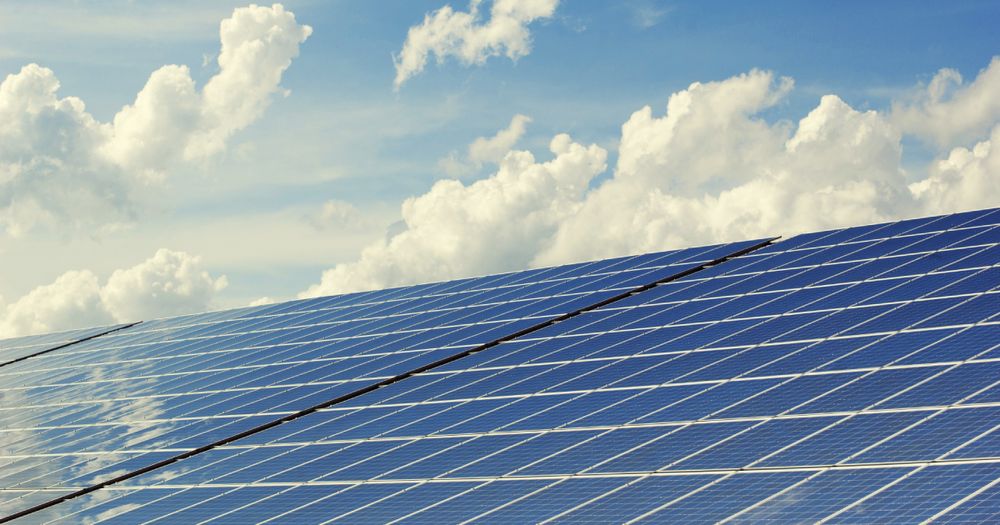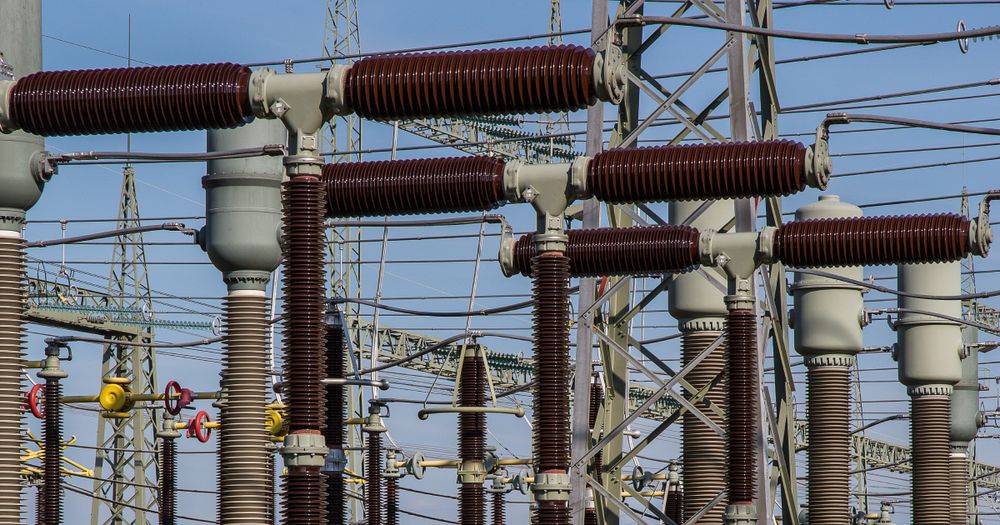As climate change intensifies and environmental challenges mount, the role of green technology has never been more vital. Green tech—often referred to as clean tech—encompasses innovative, eco-friendly technologies designed to reduce environmental harm, conserve resources, and promote sustainable living. From renewable energy and smart grids to sustainable construction, transportation, and circular economies, these solutions are shaping a cleaner, healthier future for our planet.
Read More: 12 Key Facts to Understand Quantum Computing
This article explores five of the most promising green tech innovations driving global sustainability efforts.
Renewable Energy Sources

At the heart of green technology lies renewable energy. Unlike fossil fuels, renewables such as solar, wind, hydroelectric, and geothermal provide clean, virtually unlimited power while drastically cutting greenhouse gas emissions.
- Solar Power: Solar panels convert sunlight directly into electricity, delivering reliable and scalable energy for homes, businesses, and entire cities.
- Wind Energy: Wind turbines harness kinetic energy from the atmosphere, generating sustainable electricity without pollution.
- Hydroelectric Power: Dams and water-driven systems capture the force of flowing water to produce renewable energy.
- Geothermal Energy: By tapping into the Earth’s internal heat, geothermal plants supply consistent, carbon-free power.
Adopting renewable energy strengthens energy independence, reduces reliance on imported fossil fuels, and lowers environmental impact. Global investment in renewable technology continues to expand, making these sources more affordable and accessible. As innovation accelerates, renewables represent not only an energy alternative but also the foundation of a sustainable future.
Smart Grid Technology

Traditional power grids often waste significant amounts of energy. Smart grid technology addresses this inefficiency by using advanced sensors, communication networks, and data analytics to improve electricity distribution.
Smart grids detect changes in demand and redirect energy in real time, ensuring efficient use of available power. This optimization reduces losses, minimizes waste, and lowers environmental strain. Importantly, smart grids empower consumers by providing detailed insights into energy consumption. Homeowners and businesses can adjust usage patterns, cut costs, and reduce carbon footprints.
Furthermore, smart grids integrate seamlessly with renewable energy sources. As solar panels and wind farms expand, smart grids balance supply and demand, preventing instability and maximizing clean energy output. By making energy infrastructure more reliable and resilient, smart grids are laying the groundwork for sustainable energy systems worldwide.
Green Building Design and Materials

The construction industry is responsible for a large share of global carbon emissions, but green building technologies are changing the landscape. Sustainable construction emphasizes eco-friendly materials, energy efficiency, and improved occupant health.
- Sustainable Materials: Builders now use recycled steel, reclaimed wood, and rapidly renewable resources such as bamboo.
- Energy-Efficient Design: Features like natural lighting, advanced insulation, and passive heating/cooling systems lower energy use.
- Integrated Renewables: Solar panels, rainwater harvesting, and geothermal heating are increasingly built into new structures.
Green buildings also prioritize occupant well-being through improved air quality, water conservation systems, and waste reduction strategies. Ventilation systems reduce pollutants indoors, while water-saving fixtures help conserve valuable resources.
By blending cutting-edge technology with thoughtful design, green buildings demonstrate how modern infrastructure can reduce its environmental impact while enhancing quality of life. Globally, sustainable construction is no longer optional—it is becoming the standard for responsible development.
Energy-Efficient Transportation

Transportation accounts for nearly a quarter of global emissions, making it a critical target for green tech. The sector is undergoing rapid transformation, led by electric vehicles (EVs), hybrid technologies, and smarter mobility systems.
- Electric Vehicles (EVs): Cars from companies like Tesla and Toyota produce zero tailpipe emissions, run on electricity that can be sourced from renewables, and are increasingly affordable. Advances in battery technology and the expansion of charging networks are accelerating EV adoption.
- Hybrid Solutions: Vehicles combining gasoline and electricity offer a bridge toward fully sustainable mobility while reducing fuel use and emissions.
- Public Transit Innovations: High-speed rail, electric buses, and metro systems provide cleaner, more efficient alternatives to individual car use.
- Autonomous & Shared Mobility: Self-driving vehicles and ridesharing platforms reduce traffic congestion and maximize resource efficiency.
Collectively, these innovations reduce reliance on fossil fuels, cut air pollution, and reimagine transportation as part of a sustainable urban future. As governments incentivize clean transport and infrastructure expands, sustainable mobility is moving from vision to reality.
Circular Economy Initiatives

While technology plays a crucial role, systemic changes in how we consume and produce are equally important. The circular economy represents a shift away from the wasteful “take-make-dispose” model toward regenerative systems that prioritize reuse, recycling, and resource efficiency.
Circular practices encourage designing products for durability and recyclability, reducing raw material use, and extending product lifespans. Industries adopting circular principles benefit from cost savings, reduced waste, and lower emissions. For example:
- Electronics companies are building modular devices designed for repair and upgrades.
- Fashion brands are using recycled fabrics and encouraging take-back programs.
- Manufacturing sectors are implementing closed-loop systems to recycle materials back into production.
Beyond industry, the circular economy fosters sustainable consumer behavior by encouraging conscious purchasing, repair, and reuse. This approach not only conserves resources but also creates resilient economies less dependent on finite raw materials.
As circular principles gain global traction, they are transforming supply chains and redefining sustainability as a shared responsibility among producers, governments, and consumers.
Frequently Asked Questions:
What are eco-friendly tech innovations?
Eco-friendly tech innovations are sustainable technologies designed to reduce environmental harm, conserve resources, and support a greener future.
Why is green technology important for the future?
Green technology is vital for reducing greenhouse gas emissions, combating climate change, conserving natural resources, and creating healthier living environments.
What are the top eco-friendly technologies shaping sustainability?
Key innovations include renewable energy, smart grid systems, green building design, energy-efficient transportation, and circular economy initiatives.
How does renewable energy support sustainability?
Renewable energy sources like solar, wind, hydro, and geothermal provide clean, unlimited power while reducing dependence on fossil fuels.
What role do smart grids play in sustainability?
Smart grids improve energy efficiency by managing supply and demand in real time, reducing waste, and integrating renewable energy.
How are green buildings different from traditional buildings?
Green buildings use sustainable materials, energy-efficient designs, and renewable energy systems, while also improving air quality and conserving water.
Why are electric vehicles considered eco-friendly?
EVs produce zero tailpipe emissions, reduce air pollution, and can run on renewable energy, making them a cleaner alternative to gasoline cars.
Conclusion
Eco-friendly tech innovations are no longer optional—they are essential tools in the global fight against climate change. From renewable energy and smart grids to sustainable construction, clean transportation, and circular economies, these advancements demonstrate how technology can align with environmental responsibility. Each innovation not only reduces emissions and conserves resources but also creates opportunities for healthier communities and stronger economies. By embracing these solutions today, societies can build a sustainable tomorrow that ensures cleaner air, resilient energy systems, and a thriving planet for future generations.

